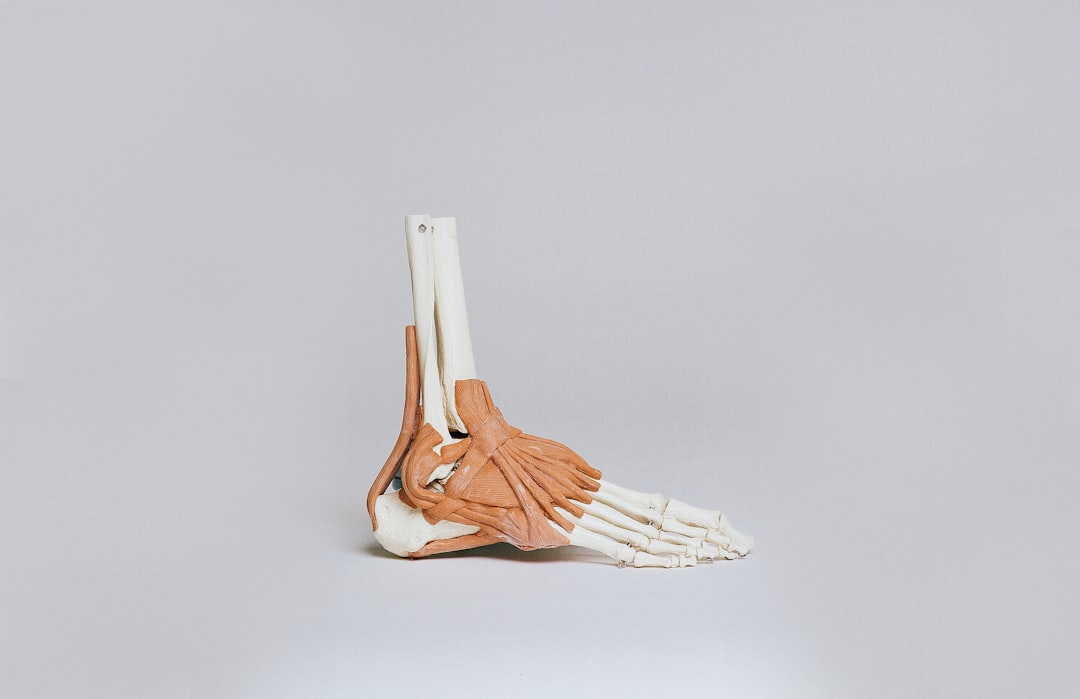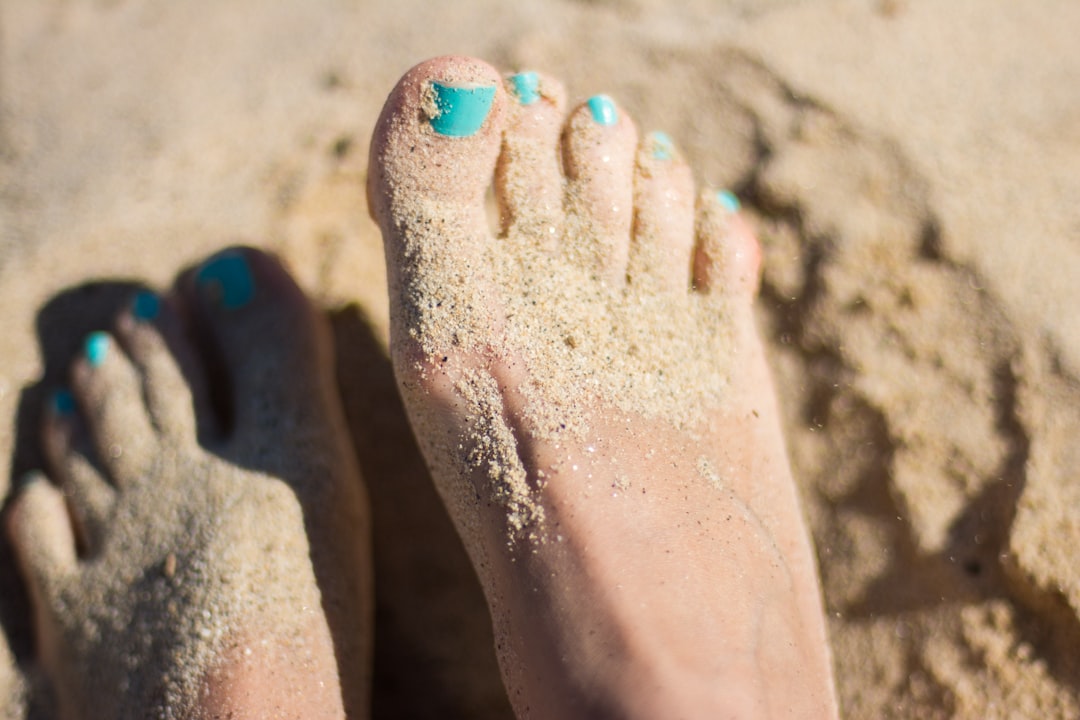What is it about?
It turns out that half of the single-celled "animals" in the oceans are partly photosynthetic by virtue of being microscopic "body-snatchers" and thus acquiring the ability to photosynthesise from their prey.
Featured Image
Why is it important?
This revelation strikes at the heart of our understanding of how marine biology functions. Key models describing climate change biogeochemistry and fisheries contain fundamental flaws in their construction.
Perspectives
This work is one of a series developing from work we have conducted as part of an international team, previously funded by Leverhulme Trust, that is reshaping our understanding of how the ecology of the largest single ecosystem on the planet (i.e. the oceans) operates. Lost more to come, to be sure.
Professor Kevin J Flynn
Swansea University
Read the Original
This page is a summary of: Oceanic protists with different forms of acquired phototrophy display contrasting biogeographies and abundance, Proceedings of the Royal Society B Biological Sciences, August 2017, Royal Society Publishing,
DOI: 10.1098/rspb.2017.0664.
You can read the full text:
Contributors
The following have contributed to this page










